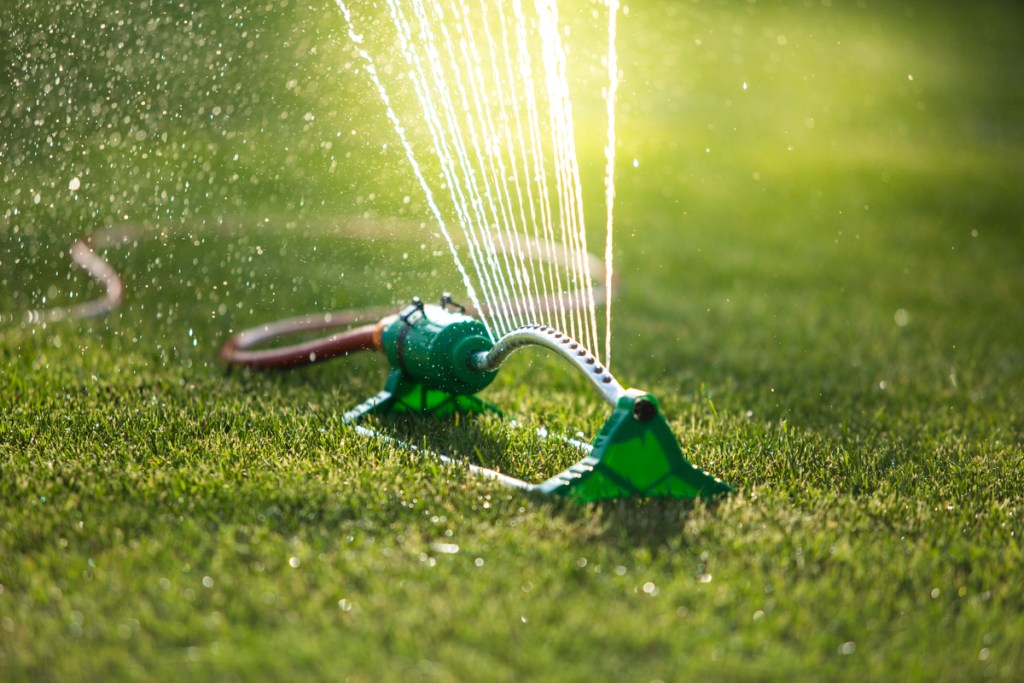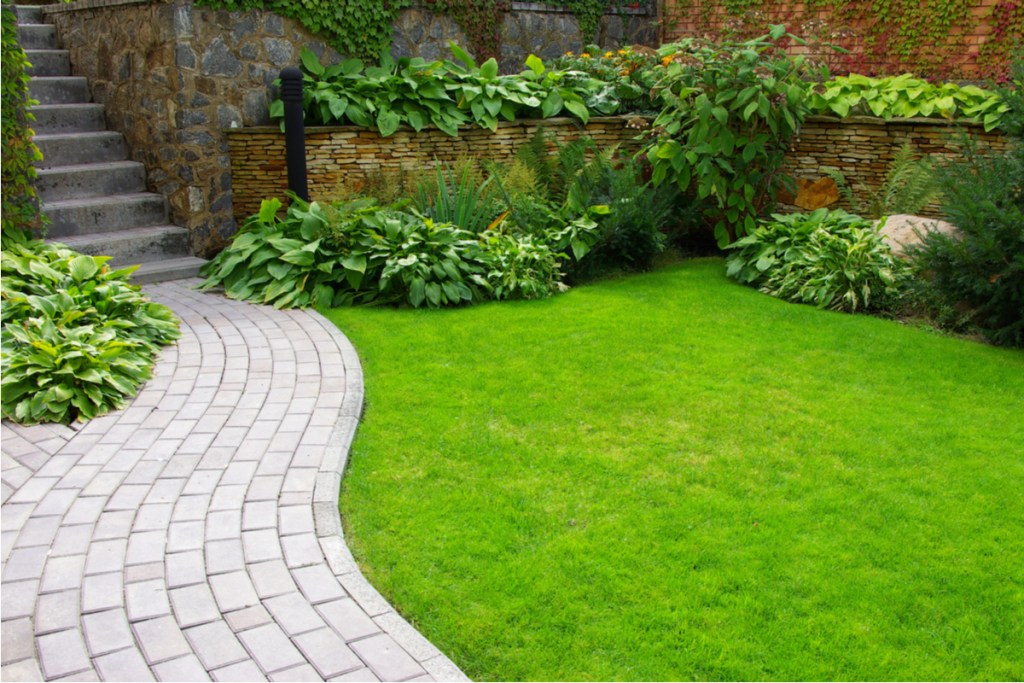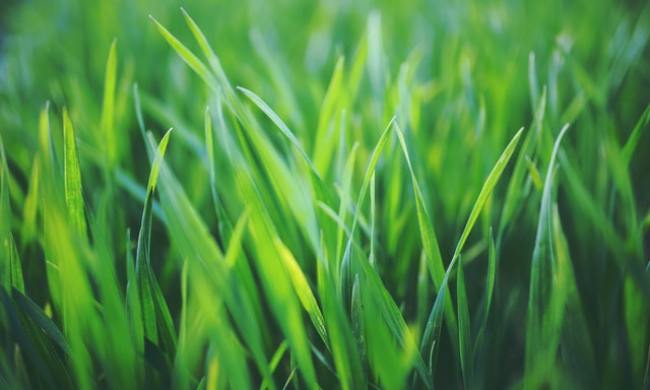For home gardeners and homeowners around the world, the lawn is one of the most valued pieces of their property. A healthy lawn lends itself to a beautiful landscape around your home, enhancing your gardens and creating an outdoor space you want to spend time in. Unfortunately, though, it’s very easy for lawns to have pools of water, patches of mud, and swampy spots due to poor drainage. And if you want a healthy yard and a happy home, it’s a problem that needs to be corrected.

What causes poor lawn drainage?
In most homes, you’ll notice that the yards have natural slopes, high points and low points, and decks or patios constructed for outdoor spaces. Along with these, there are a couple of other factors that can affect how well or how poorly your lawn drains:
- A short downspout. For homes with rain gutter systems, a downspout that points directly into a garden bed or other point in your lawn will cause excess water to collect rather than drain as intended.
- Erosion caused by runoff. Over time, your downspout can chip away at the topsoil in your yard, potentially causing a collection of water in the eroded area.
- Impacted soil. Soil that has been affected by construction projects, like larger patios or in-ground pools, can retain moisture and take longer to drain.
- Patios and walkways. Patios and walkways, especially those made from concrete, can potentially block off the water and prevent it from draining where it needs to.
- Yard slope. In many cases, the slope of your yard plays a big factor. If it’s too flat, or if there’s a low point, water can easily collect and be unable to drain properly.
How do I fix bad drainage in my lawn?
The solution to poor lawn drainage largely depends on the problem you’re dealing with. First, you should identify the symptoms you’re noticing in your yard (pooling water, mushy soil, mud, things of that nature) to figure out the possible cause. Just make sure that whichever solution you try first, you research and make sure that you have the best tools on hand for the job. (No one wants to be knee-deep in mud only to find out they have to make a run to a hardware store.)
First thing’s first: Change your watering schedule
Fixing poor lawn drainage could be as easy as adjusting when and how you water your lawn or plants. If you have your sprinklers set to an automated schedule, try turning them off for a bit to see how your yard fares. If the problem areas start to drain, chances are you’re just giving your lawn a bit too much to drink and need to cut back on the frequency so that the soil has time and room to get rid of excess water.
If the spots don’t drain (or if you just don’t water your lawn), you’ll need a different solution to fix the problem.
Install a bigger downspout
In the cases of water pooling under your downspout, your solution could be as simple as installing a larger one or extending your current one. Gutter systems are essential for removing excess moisture from the roof of your home, so setting it up in a way that doesn’t harm your lawn is ideal.
When you go to extend your downspout, be sure to identify a properly draining area (like a storm drain) before choosing which way to divert the water. The last thing you want is to send all the water that was pooling in your garden to a low spot in your yard and create an entirely other drainage problem.
Replace walkways and patios
Walkway and patio flooding is perhaps one of the saddest causes, as most homeowners with these features spend a lot of time selecting just the right materials to use to achieve the look they’re going for. If you find that there’s water collection on your patio or in front of your walkway, chances are they’re inhibiting drainage and blocking runoff.
To fix the problem, you can:
- Replace the existing patios or walkways with stepping stones or another material with spaces between so that water can move through the path.
- Replace a specific problem area with a different material that water can move through.
The benefit to the latter is that it’s more cost-effective — you won’t be shelling out money to replace an entire feature in your yard; however, you may not be able to find something that still looks cohesive. If you have the funds and think the patio or walkway may be blocking drainage, it may be best to redo the entire thing if you’re worried about the overall aesthetic.
Alternatively, you can install a catch basin
That said, you can also install a catch basin under the patio or walkways and a grate for the water to drain through. If you like the look of the materials you have and don’t want to pick out new ones, this can be a feasible option. Keep in mind, though, that this does involve installing an underground drain and can be more labor-intensive and costly than replacing the materials for your paths.

Dig a man-made creek
In some cases, you may find yourself needing to dig out a man-made creek in your yard to solve soggy areas in low spots. The thing to keep in mind for this solution is that you need to have a good downward slope from that area for it to work — the water can’t flow upward. If you do have that angle, though, gather the tools you need to dig a trench and start building.
The neat thing about this solution is that, since you’ll be filling the bed of the creek with gravel or other decorative stones, it can double as a landscaping feature. During rainy seasons, it serves as drainage for your yard; in off-seasons, you can create a creek to run through it for an attractive water feature.
Or make a rain garden
Some yards don’t have enough space or the right slope to dig out a man-made creek for water to drain through. If that’s the case for you, you can always try making your own rain garden. These usually act as a beautiful addition to your landscape, as they’re filled with water-loving plants like ferns, hostas, and ornamental mosses.
Although this option doesn’t necessarily solve poor drainage, it does introduce things to the environment that can help absorb some of the excess water. In most cases, a rain garden will drain the water within a day, and it’s much more appealing to look at than a patch of soaked grass. And even better, if you have the room for a man-made creek, you can build a rain garden at the end of it to enhance the space.
Making sure your lawn continues to drain
The best way to make sure your yard is draining (and continues to drain) properly is to check on it often. Once you’ve tried a solution, let it sit until the next rainstorm or two and see how it does. You’ll be able to monitor how well it’s working, see if there’s anything that needs to be adjusted, and try a different solution if the problem isn’t fully solved.
Lawn drainage can be very finicky to solve, especially if you aren’t sure what the cause is right away. But for the most part, it’s something you can handle yourself so long as you have the right tools and some friends or family willing to help with the job.


